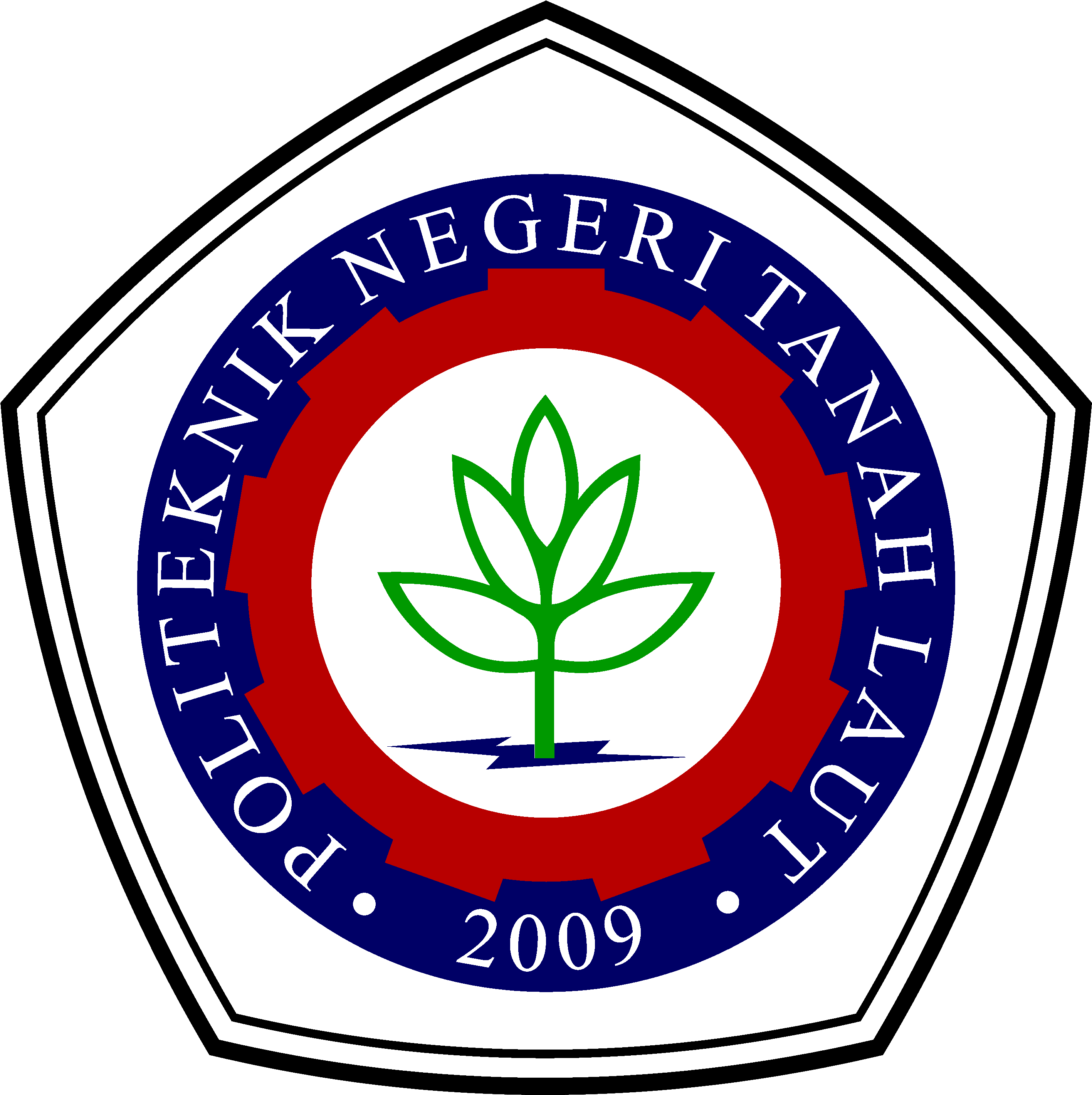THE EFFECT OF USING SILICA SAND AND BEACH SAND ON TENSILE STRENGTH IN ALUMINUM METAL CASTING
Keywords:
Pasir, ADC12, Kaleng, Cacat, UTSAbstract
Casting is the process of manufacturing molten metal with a mold to produce a shape close to the original shape. The commonly used molding sand is mountain sand, river sand and silica sand. This research aims to analyze defects and tensile test results of castings with various types of sand (beach sand and silica sand) and types of aluminum (ADC 12 aluminum and aluminum from waste cans). The casting method used is traditional sand blasting. The results show defects in the form of surface hardness, rat tails, shrinkage cavities, and pinholes. The tensile test showed that the highest Ultimate Tensile Strength (UTS) value was obtained from a mixture of Al ADC 12 with beach sand with an average UTS value of 172.44 MPa.
References
I. M. Astika, D. P. Negara dan M. A. Susantika, “Pengaruh Jenis Pasir Cetak Dengan Zat Pengikat Bentonit
Terhadap Sifat Permeabilitas Dan Kekuatan Tekan Basah Cetakan Pasir (Sand Casting),” Jurnal Ilmiah Teknik
Mesin, vol. 4, no. No 2, 2010.
P. Kumar and H. S. Shan, “Optimization of tensile properties of evaporative pattern casting process through
Taguchi’s method,” J. Mater. Process. Technol., vol. 204, pp. 59–69, 2008
E. J. Sikora, “Evaporative Casting Using Expendable Polystyrene Patterns and Unbonded Sand Casting,”
Techniques Trans, vol. 86, p. 65, 1978.
D. Chong, Theobald dan S. C, ASM Metal Handbook Casting, vol. 15, American: asminternational, 1998.
K. Anwar, Cacat Coran dan Pencegahannya, Yogyakarta: Universitas Negeri Yogyakarta , 2003.
A. Dody, R. W. Purwo, and A. Saiful, “Hubungan Variasi Jenis Pasir Cetak terhadap Sifat Mekanik Besi Cor
Kelabu,” J. Mek., vol. 4, no. 1, pp. 1–7, 2005.
T. Surdia dan K. Chijiwa, Teknik Pengecoran Logam, Jakarta: PT. Pradnya Paramita, 2000.
D. D. Alfianto, “. Pengaruh aging 140⁰C, 180⁰C, dan 200⁰C, Selama 5 Jam Terhadap Sifat Aluminium Paduan
Tembaga 3, 5 %,” Sanata Dharma University, 2018.
I. Y. Surya, Material Teknik, Malang: Universitas Brawijaya, 2015.
S. Lal dan R. H. Khan, “Current status of vacuum sealed molding process,” Indian Foundry Journal, vol. 27,
pp. 12-18, 1998.
D. F. Hoyt dan P. Dziekonski, “Sand properties and their relationship to compaction for the expandable pattern
casting process,” Foundryman Society Transaction, vol. 99, pp. 221-230, 1991.
R. D. Butler, “The Full Mold Casting Process,” British Foundrymen, pp. 265-273, 1964.
S. Sand and S. Shivkumar, “Influence of Conting Thinckness and Sand Fineness on Mold Iling in The Lost
Foam Casting Process,” J. Mater. Sci., vol. 38, pp. 667–673, 2003.
Z. Acimotiv. Influence of the relevant technological parameters on the quality of the castings obtained by the
Lost foam process, PhD tesis. Faculty of Technology and Metallurgy. Belgrade. 1991
T. Willson F, B. Untung, and W. B. S. Ari, “Analisa Kekuatan Tarik, Kekuatan Puntir, Kekerasan, dan
Mikrografi Baja ST 60 Sebagai Bahan Poros Propeller Setelah Proses Normalizing dengan Variasi Waktu
Penahanan Panas (Holding Time),” J. Tek. Perkapalan, vol. Vol. 7, no. 2, pp. 138–144, 2019, [Online].
Downloads
Published
How to Cite
Issue
Section
License
Copyright (c) 2024 ELEMEN : JURNAL TEKNIK MESIN

This work is licensed under a Creative Commons Attribution 4.0 International License.




